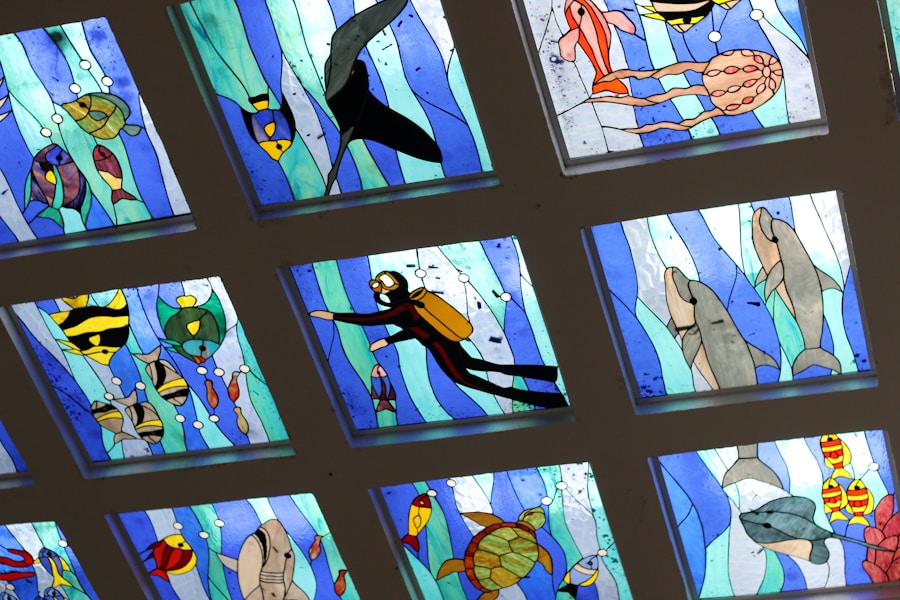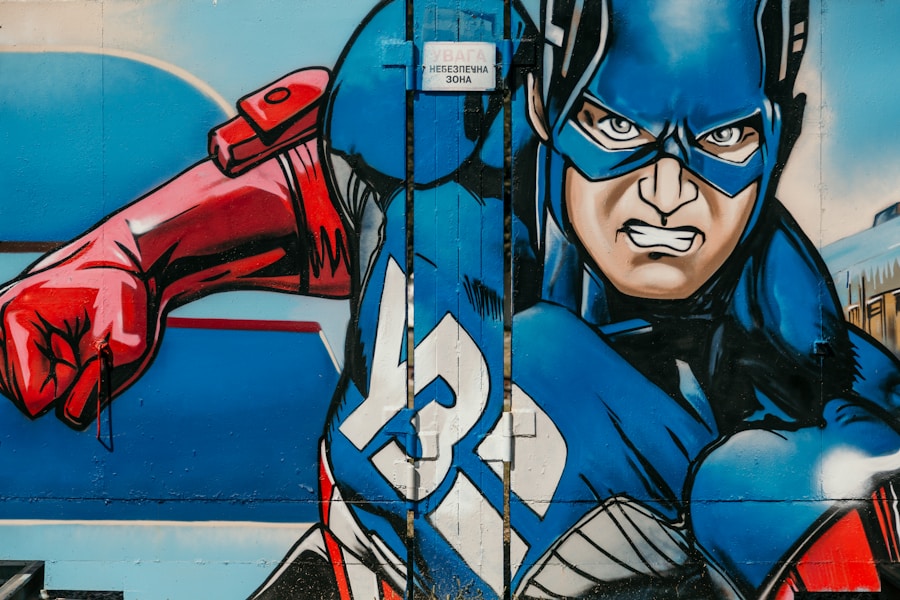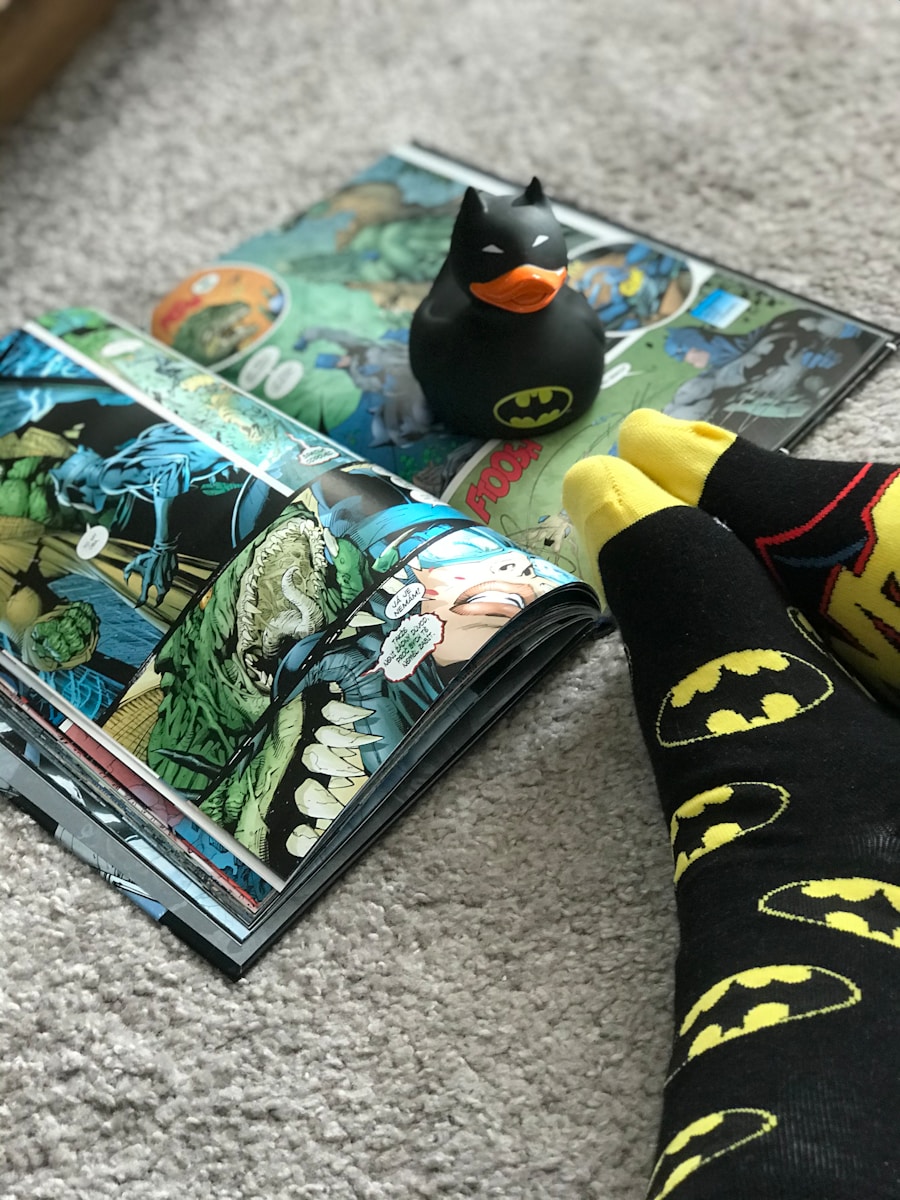The history of your favorite animated series is a rich tapestry woven from creativity, innovation, and cultural influences. It all began in the early 20th century when animation was still in its infancy. Pioneers like Walt Disney and Max Fleischer experimented with techniques that would lay the groundwork for what you now recognize as modern animation.
The first full-length animated feature, “Snow White and the Seven Dwarfs,” released in 1937, marked a significant milestone. It not only showcased the potential of animation as a storytelling medium but also captured the hearts of audiences worldwide. This era set the stage for a new form of entertainment that would evolve over the decades.
As you delve deeper into the origins of your beloved series, you discover how cultural shifts and technological advancements shaped its development. The 1960s and 1970s saw a surge in animated television shows, with programs like “The Flintstones” and “Scooby-Doo” appealing to both children and adults. These shows introduced humor and social commentary, reflecting the changing dynamics of society.
By the time the 1990s rolled around, animation had become a powerful storytelling tool, with series like “The Simpsons” and “Batman: The Animated Series” pushing boundaries and exploring complex themes. This evolution not only expanded the audience for animated content but also solidified its place in popular culture.
Key Takeaways
- The history and origins of the franchise can be traced back to its creator’s inspiration and vision.
- Character development and diversity play a crucial role in shaping the narrative and appeal of the franchise.
- Storytelling and continuity are key elements that contribute to the immersive experience for fans and audiences.
- The artistic style and visual appeal of the franchise have left a lasting impact on popular culture.
- Iconic villains and antagonists have become synonymous with the franchise and are integral to its success.
- The legacy and impact of the franchise on pop culture continue to be felt across various forms of media and entertainment.
- Adaptations and media presence have expanded the reach of the franchise, attracting new fans and audiences.
- Fan engagement and community building have been instrumental in fostering a dedicated and passionate fan base.
Character Development and Diversity
Character development is at the heart of any compelling narrative, and your favorite animated series excels in this area. Each character is meticulously crafted, often reflecting a range of human emotions and experiences that resonate with viewers. You find yourself drawn to their journeys, whether it’s the hero’s quest for identity or the villain’s struggle for redemption.
The depth of these characters allows you to connect with them on a personal level, making their triumphs and failures feel profoundly impactful. Moreover, diversity in character representation has become increasingly important in animation. As you watch these series evolve, you notice a concerted effort to include characters from various backgrounds, cultures, and identities.
This shift not only enriches the storytelling but also provides a platform for underrepresented voices. You see characters who challenge stereotypes and embody a spectrum of experiences, allowing you to relate to them in ways that were previously absent in mainstream media. This commitment to diversity fosters a sense of belonging among viewers, making animated series more inclusive and reflective of the world around you.
Storytelling and Continuity

The storytelling in your favorite animated series is often intricate and layered, weaving together multiple narratives that keep you engaged episode after episode. You appreciate how these stories unfold over time, allowing for character growth and plot development that feels organic. Whether it’s a long-running series or a limited one, the continuity of the storyline creates a sense of investment in the characters’ lives.
You find yourself eagerly anticipating each new episode, curious about how the plot will evolve and what challenges the characters will face next. In addition to character arcs, many animated series employ overarching themes that resonate deeply with you. These themes often explore universal concepts such as friendship, love, loss, and the struggle between good and evil.
As you watch these narratives unfold, you recognize how they mirror real-life experiences, prompting reflection on your own journey.
Artistic Style and Visual Appeal
| Artistic Style and Visual Appeal Metrics | Value |
|---|---|
| Color Palette | Warm tones, pastel colors |
| Composition | Balance, symmetry |
| Texture | Smooth, rough, mixed |
| Visual Impact | Strong, subtle |
The artistic style of your favorite animated series plays a crucial role in its overall impact. Each series has its unique visual identity, whether it’s the vibrant colors of a whimsical world or the darker tones of a more serious narrative. You find yourself captivated by the artistry that brings these stories to life, from character designs to background landscapes.
The attention to detail in animation not only enhances your viewing experience but also immerses you in the world created by the artists. Moreover, the evolution of animation technology has allowed for greater creativity and experimentation in visual storytelling. You’ve witnessed how traditional hand-drawn techniques have given way to computer-generated imagery (CGI), resulting in stunning visuals that push the boundaries of imagination.
This shift has enabled animators to create more dynamic action sequences and intricate environments that draw you into the narrative. The combination of artistic style and technological innovation ensures that each episode is not just a story but a visual feast that leaves a lasting impression.
Iconic Villains and Antagonists
No great story is complete without its share of iconic villains and antagonists, and your favorite animated series is no exception. These characters often serve as foils to the heroes, challenging their beliefs and pushing them to grow. You find yourself fascinated by their motivations, which are often complex and multifaceted.
Rather than being purely evil, many villains possess relatable traits or tragic backstories that make them compelling figures in their own right. As you explore these antagonists further, you realize that they often embody societal fears or moral dilemmas that resonate with viewers. Their presence adds depth to the narrative, forcing heroes—and you as an audience—to confront difficult questions about morality, power, and redemption.
The interplay between heroes and villains creates tension that keeps you on the edge of your seat, eagerly anticipating how conflicts will resolve. This dynamic not only enhances the storytelling but also enriches your understanding of human nature.
Legacy and Impact on Pop Culture

The legacy of your favorite animated series extends far beyond its original airing; it has left an indelible mark on pop culture that continues to influence new generations. You can see its impact in various forms—merchandise, references in other media, and even academic discussions about its themes and characters. The series has become a cultural touchstone, shaping how animation is perceived as an art form and entertainment medium.
As you engage with this legacy, you recognize how it has paved the way for future creators to explore new ideas and push boundaries within animation. The success of your favorite series has inspired countless others to take risks in storytelling and character development. You see echoes of its influence in contemporary works that strive to capture the same magic while addressing modern issues.
This ongoing dialogue between past and present ensures that the legacy of your beloved series remains vibrant and relevant.
Adaptations and Media Presence
In today’s digital age, adaptations of beloved animated series have become increasingly common across various media platforms. You’ve likely seen your favorite characters transition from television screens to movies, comic books, video games, and even live-action adaptations. Each new format offers a fresh perspective on familiar stories while introducing them to wider audiences who may not have experienced them before.
These adaptations often bring new life to classic narratives, allowing you to explore different facets of characters and plots that may not have been fully realized in their original form. You appreciate how creators take creative liberties while remaining true to the essence of what made the original series special. This cross-platform presence not only keeps the stories alive but also fosters a sense of community among fans who share their love for these characters across various mediums.
Fan Engagement and Community Building
The connection between animated series and their fans is profound, creating vibrant communities that celebrate shared interests. As a fan yourself, you’ve likely participated in discussions online or attended conventions where you can meet others who share your passion. These interactions foster a sense of belonging as you bond over favorite episodes, character arcs, or theories about future developments.
Social media has played a significant role in enhancing fan engagement, allowing you to connect with creators and fellow fans alike. You’ve seen how platforms like Twitter, Instagram, and TikTok serve as spaces for sharing fan art, memes, and discussions about episodes or character developments. This active participation not only enriches your experience but also contributes to a larger cultural conversation about animation as an art form.
The sense of community built around these series reinforces their impact on your life while celebrating the creativity that brought them into existence. In conclusion, your favorite animated series is more than just entertainment; it’s a multifaceted phenomenon that encompasses history, character development, storytelling, artistic expression, iconic villains, cultural legacy, adaptations, and community engagement. Each aspect contributes to its enduring appeal and significance in your life and the lives of countless others around the world.
As you continue to explore this vibrant world of animation, you’ll find new layers of meaning that deepen your appreciation for these beloved stories and characters.
If you’re a fan of Godzilla and interested in exploring the deeper themes behind the iconic monster, you may want to check out the article Godzilla: A Symbol of Anarchism and Capitalism in Modern Society. This thought-provoking piece delves into the political and social commentary present in Godzilla films, offering a unique perspective on the beloved kaiju. It’s a fascinating read for anyone looking to gain a deeper understanding of the cultural significance of Godzilla.
FAQs
What are some reasons why DC Comics is considered better than Marvel?
Some reasons why DC Comics is considered better than Marvel include its iconic characters such as Batman, Superman, and Wonder Woman, its darker and more mature storytelling, and its focus on legacy and continuity.
How does DC Comics differ from Marvel in terms of storytelling and tone?
DC Comics is known for its darker and more mature storytelling, often dealing with complex themes and moral dilemmas. In contrast, Marvel tends to have a more light-hearted and humorous tone in its storytelling.
What are some of the most iconic characters in DC Comics?
Some of the most iconic characters in DC Comics include Batman, Superman, Wonder Woman, The Flash, Green Lantern, and Aquaman.
How does DC Comics approach continuity and legacy in its storytelling?
DC Comics places a strong emphasis on continuity and legacy, with multiple generations of characters taking on the mantle of iconic heroes. This approach adds depth and complexity to its storytelling.
What are some popular storylines and events in DC Comics?
Some popular storylines and events in DC Comics include “The Dark Knight Returns,” “Crisis on Infinite Earths,” “The Killing Joke,” “Flashpoint,” and “Infinite Crisis.” These stories have had a significant impact on the DC Comics universe.
